The national flag of Saint Vincent and the Grenadines is a vibrant and elegant symbol that perfectly captures the essence of this Caribbean island nation. It is a visual narrative of the country's geography, its people's spirit, and its place in the world. Adopted on October 21, 1985, this flag replaced an earlier design and has since become a powerful emblem of national identity, unity, and pride.
A Detailed Look at the Flag's Design and Symbolism
The flag is composed of three vertical bands of unequal width. The central band, which is twice as wide as the other two, is yellow. Flanking this yellow band are a blue band on the hoist side and a green band on the fly side. The most distinctive feature is the central emblem: three green diamonds arranged in a "V" shape on the yellow stripe.
Each color and symbol on the flag is rich with meaning:
-
Blue: The blue band represents the magnificent sky and the crystal-clear waters of the Caribbean Sea and the Atlantic Ocean that surround the islands. It also symbolizes peace and stability, reflecting the nation's desire for a tranquil and harmonious existence. This color speaks to the country's profound connection to its maritime environment, which is vital for its economy and culture.
-
Yellow (Gold): The central yellow band is a beacon of the warmth and bright spirit of the people. It also represents the country's glorious golden sands, a major attraction for tourists. The color yellow signifies the sunshine that blesses the islands and the prosperity that the nation strives for. Its central and dominant position on the flag suggests that the people and their vibrant culture are at the very heart of the nation.
-
Green: The green band represents the lush vegetation, rich agriculture, and the enduring vitality of the people of Saint Vincent and the Grenadines. The country's volcanic soil and tropical climate have gifted it with an abundance of natural resources, which are celebrated in this color. It is a reminder of the nation's fertile land and its commitment to sustainable growth.
-
The Three Green Diamonds: These three diamonds, or lozenges, are the most unique and symbolic element of the flag. Arranged in a "V" shape, they represent the country's name, Vincent. They are also a metaphor for the islands themselves, often referred to as the "Gems of the Antilles" or the "Jewels of the Caribbean." The diamonds' placement in a V-shape not only honors the main island but also the Grenadine islands, which are scattered like precious gems in the surrounding waters. The fact that the diamonds are green ties them directly to the country's natural wealth and the enduring spirit of its people.
Dimensions and Proportions
The official flag of Saint Vincent and the Grenadines has a width-to-length ratio of 2:3. This standard proportion ensures the flag's design is consistent and visually balanced. The central yellow stripe is designed to be precisely twice the width of the blue and green stripes, giving the flag its distinct "Canadian pale" triband structure, a feature it shares with only a few other national flags. The three diamonds are centrally located and scaled to be in perfect harmony with the flag's overall dimensions, creating a sense of balance and aesthetic appeal.
The Genesis and Evolution of the Flag
The history of the Saint Vincent and the Grenadines flag is a fascinating story of national evolution and identity. Upon gaining full independence on October 27, 1979, the country adopted its first national flag. This initial design, created by a local art teacher, Elaine Liverpool, was a vertical tricolor of blue, yellow, and green, with the national coat of arms placed on a green breadfruit leaf in the center.
However, this flag was considered too complex and difficult to reproduce, especially the intricate coat of arms. Following a change in government in 1984, the new administration, led by Prime Minister James Mitchell, decided to commission a new flag. The task was given to Julien van der Wal, a Swiss graphic artist living on the island. Van der Wal's design was a simplified yet more potent version. He retained the blue, yellow, and green colors but removed the complicated coat of arms. The most significant change was the introduction of the three green diamonds, a powerful and easily recognizable symbol. The new flag was officially adopted on October 21, 1985. This change reflects a conscious effort to create a more modern, simple, and powerful national symbol that would resonate with the people.
Meaning and Significance for Citizens
For the people of Saint Vincent and the Grenadines, the flag is a source of immense pride and a deep connection to their homeland. It is more than just a national banner; it is a visual representation of their collective identity and aspirations.
The flag is prominently displayed during national celebrations, especially on Independence Day (October 27th), and serves as a constant reminder of the nation's journey to sovereignty. The "Gems of the Antilles" symbolism is particularly meaningful, as it instills a sense of uniqueness and value in the citizens, reinforcing the idea that their home is a treasure. The V-shape of the diamonds also fosters a sense of national unity, linking the main island of Saint Vincent with the many smaller Grenadine islands that make up the federation. The flag's colors speak to the people's love for their beautiful environment, their resilience, and their hope for a prosperous future. It is a unifying symbol that connects all Vincentians, both at home and in the diaspora.
Interesting Facts
-
The flag is sometimes affectionately referred to as "The Gems" by locals, in reference to the three green diamonds.
-
The designer of the current flag, Julien van der Wal, was not a Vincentian by birth but a Swiss graphic artist. This highlights the international connections and diverse influences present in the country's history.
-
The previous flag, from 1979 to 1985, included a breadfruit leaf in its design. The breadfruit is a significant plant in Vincentian history, as it was famously introduced to the island by Captain William Bligh of the HMS Bounty.
-
The "Canadian pale" design, a triband where the central stripe is wider than the two outer stripes, is a distinctive feature shared by only a handful of national flags, making Saint Vincent and the Grenadines' flag visually unique.
-
The three green diamonds are not only a symbol of the islands but also represent the enduring strength and stability of the nation. Their geometric shape suggests a solid and unyielding foundation.
In conclusion, the flag of Saint Vincent and the Grenadines is a beautiful and meaningful emblem. Its colors and symbols tell a powerful story of a nation's journey, from its rich natural environment to the enduring spirit of its people. It is a source of inspiration and a constant reminder of the country's status as a true gem of the Caribbean.
In the demonstration images, full-size flags are shown with proportions of 2:3, and hand-held flags with proportions of 1:2.
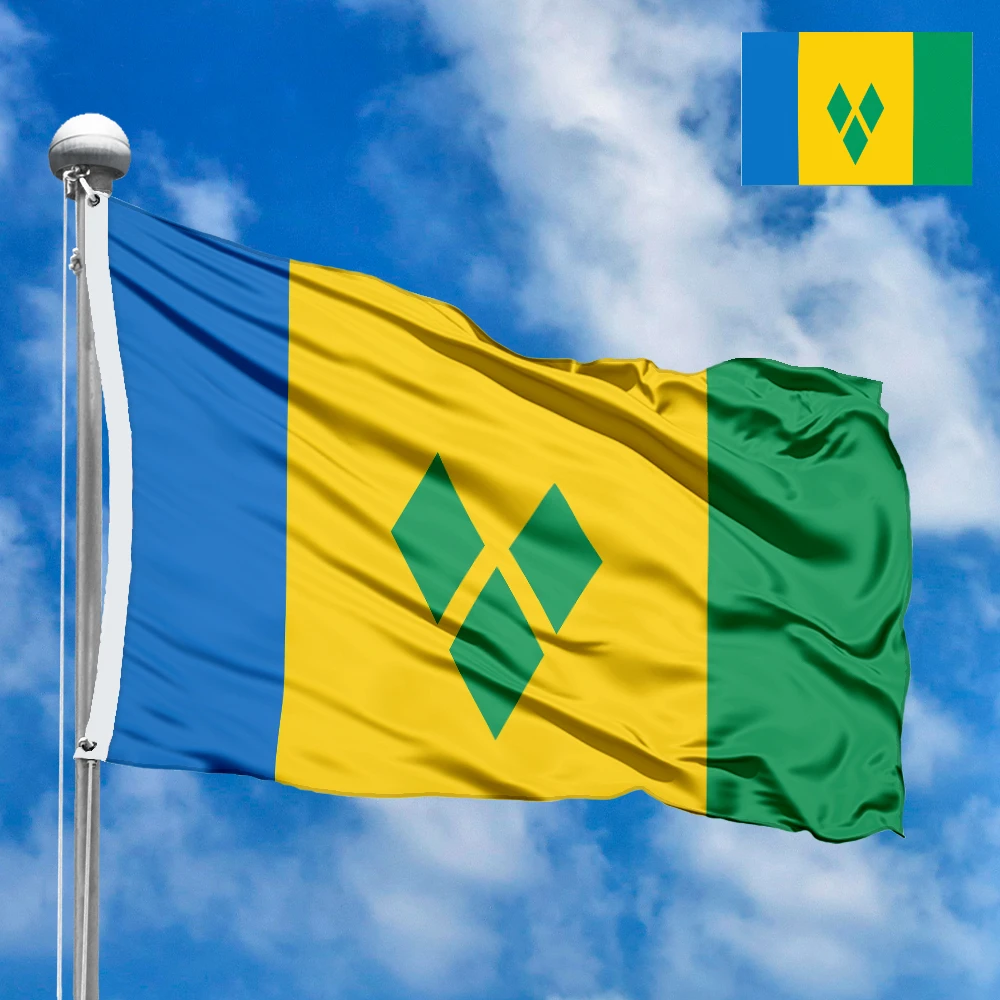

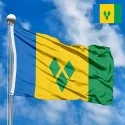



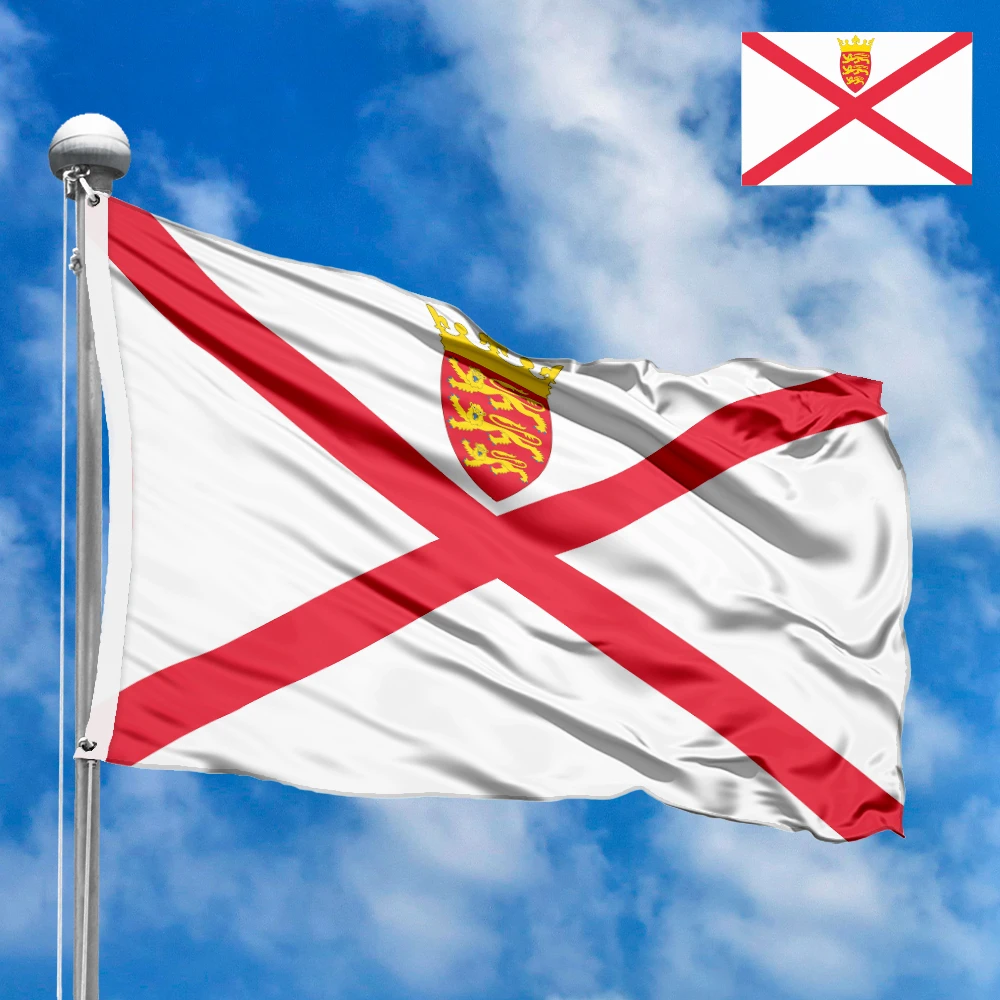
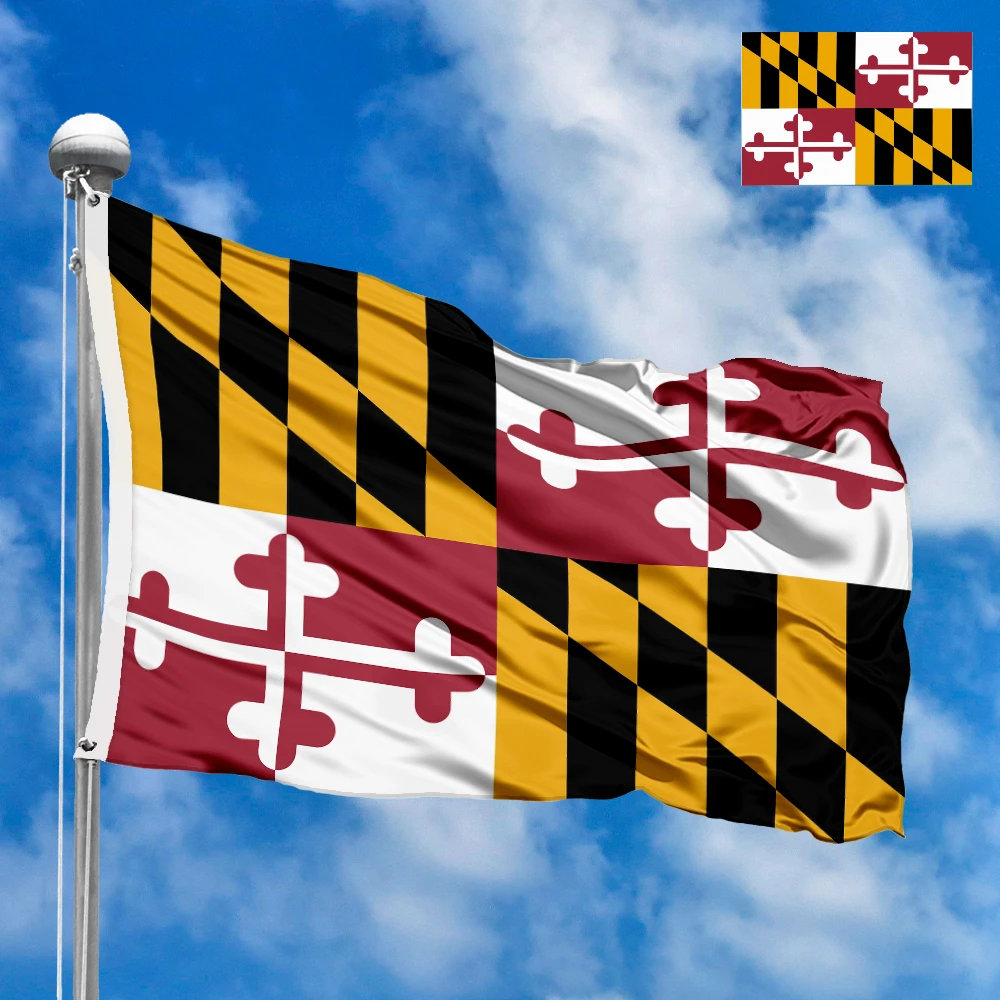

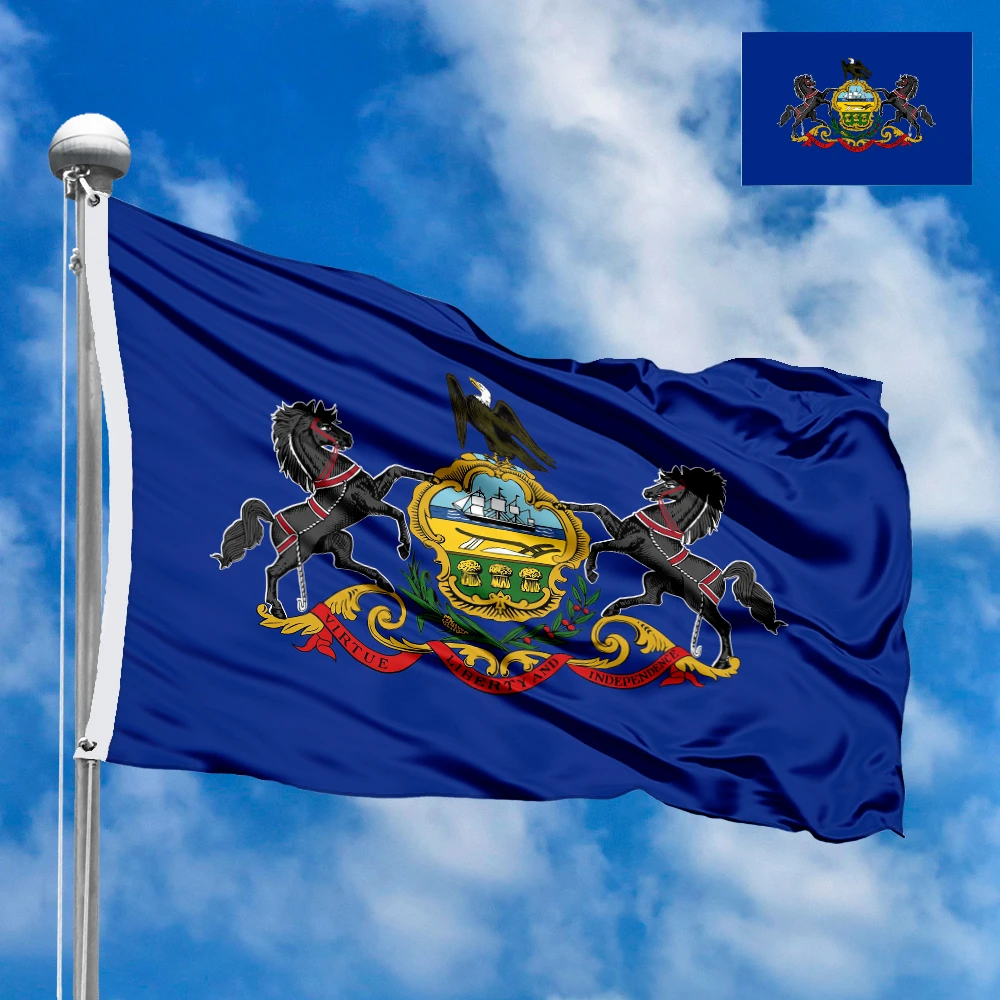

 Waving flag
Waving flag
 Sizes:
Sizes:
 Round flag
Round flag
 Sizes:
Sizes:
 Rectangular flag 2:3
Rectangular flag 2:3
 Sizes:
Sizes: